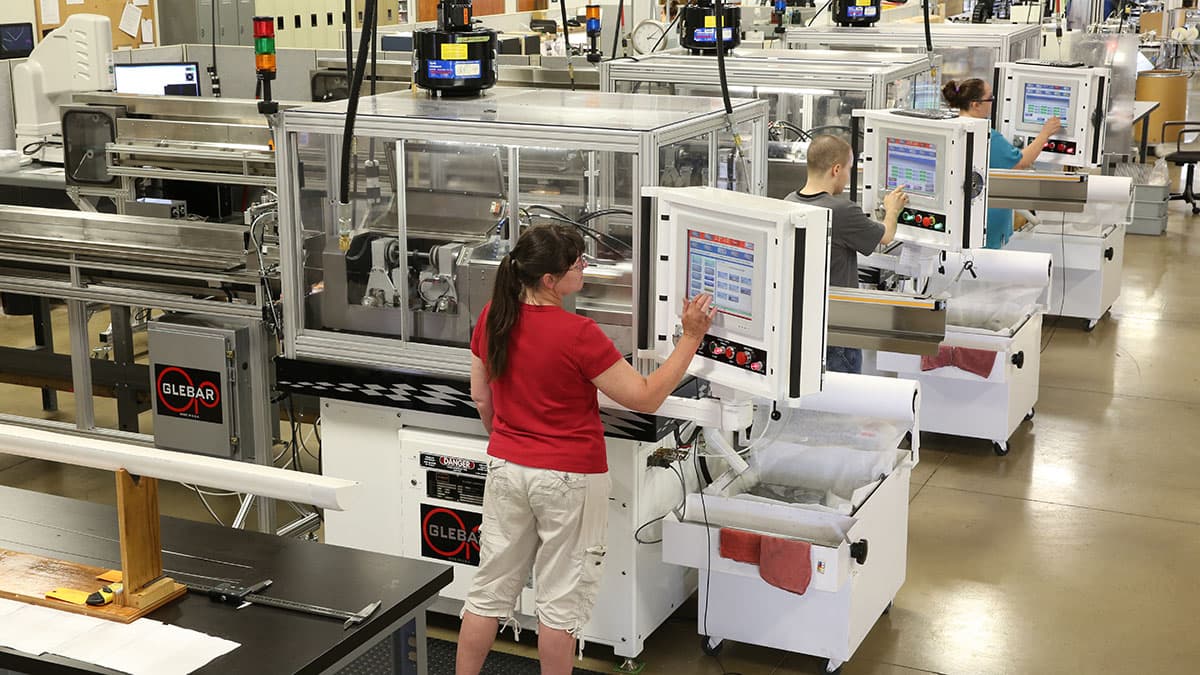
Guidewires are thin, flexible medical wires used to direct a larger instrument such as a catheter into a specific vessel during coronary, peripheral, and neurovascular procedures. The guidewire’s role is simple yet its manufacture relies on the high precision of a process known as grinding, whereby an abrasive wheel removes material to alter the metal’s shape into a flat, step, notch, thread, or smaller diameter.
The same process is used in the manufacture of other medical components such as core wires, mandrels, orthopaedic pins, and hypotubes. Medical Device Network explores the key grinding technologies used by the medical wire industry and examines how they are set to evolve in the future.
“Grinding is an adaptable technology that can be used in lieu of standard machining practices. This is especially true when sizes are reaching the minute scale of the human anatomy, such as the veins and arteries,” says Jim Boldig, project engineer at Custom Wire Technologies (CWT) – an experienced contract manufacturer of precision medical wire components.
Various methods are used in grinding operations, including centreless and profile. Centreless is often used for long tapers for core wires, where a diameter tolerance is critical. This method is suited for long production runs with high throughput. Profile grinding, also called OD grinding, is the technique used to create different shapes on the outer diameter of a wire. Despite being slower to complete, this method is ideal for tough geometry creation.
Manufacturers have used these processes to create complex wire products for decades. While the methods and techniques used remain the same, the equipment has been greatly improved through the introduction of one ground-breaking technology. “If we identified one aspect of the equipment that revolutionised grinding processes it would be the computer. Without the computer numerical control (CNC) aspect of the machines the setup time would be significantly longer,” Boldig explains.
From small to smaller
But while wire grinding has come a long way, challenges remain in the medical industry. Pressure is mounting for manufacturers to produce even smaller components suitable for minimally invasive surgeries with fast patient recovery times.
“Reducing the scale of the products increases the need for precision and accuracy,” explains Boldig. “Specifications for tolerances are getting tighter as designers and engineers try to make their devices as compact as possible. The limits of the machines and materials are being tested. When we reach a threshold of one or the other, we must adjust our process. The requirements of the next generation of devices will require the machines to be more precise.”
CWT can currently adjust diameters to 0.00001” (0.00025mm). Using materials such as stainless steel, nitinol, titanium, magnesium, and aluminium, the company performs both centreless and profile grinding using unique machines that have the capability to do both. This flexibility is very handy when one machine is down for repair.
CWT’s grinding services
The company’s journey into the medical wire grinding industry is one that has gone from strength to strength, starting in 2013 with the delivery of its first CNC grinder. “The addition to our capability was driven by high demand for threaded orthopaedic wires (Kirschner wires and Steinmann pins). Our manufacturing practices at the time could not keep up with demand and we needed more refined equipment that could solve the capacity challenges. The added benefit was vertical integration for our custom guidewire assemblies.”
From there, it’s a story of continuous expansion. The Wisconsin-based company currently has nine CNC grinding machines capable of holding the tightest tolerances in the industry. “Our evolution has been the continuous investment into experimentation and understanding the limits of the machines. We continue to push the envelope as to how small these machines will accurately go,” says Boldig.
The next logical step for CWT is thru-feed grinding, he adds. This technology is essential for the high-volume production of mandrels and will also enable CWT to support its coiling production. Aside from that, keeping pace with the unprecedented demand for its grinding services and consistently impressing customers with high-quality ground medical wire is the continued focus.
“We pride ourselves on offering a level of customer service that is exceptional,” says Boldig. “We want to be transparent and work towards a common goal with our customers. We continually work to improve our processes for them. Experienced engineers assess every opportunity that comes our direction. These engineers have hands-on experience manufacturing the products. This technical approach helps our customers move quickly in the direction they need. Our success as a company, depends on the success of our customers.”


